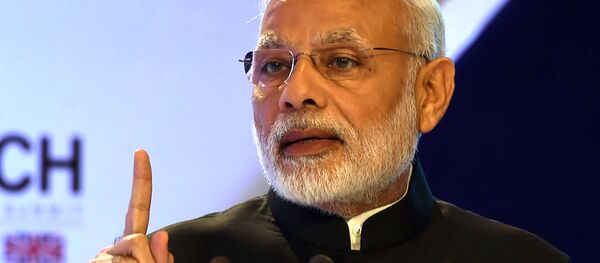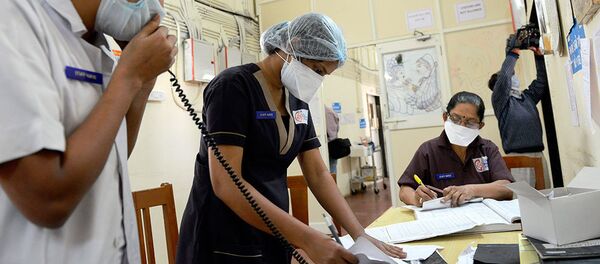Large numbers of Indians avoid cataract surgeries which cost more than $121 billion annually to Indian economy, according to an extensive economic analysis conducted in 2015. Under the plan, Indian government will provide financial assistance to the organizations which conduct surgeries and also other costs involve in the processes. In first two years 23 million people will be covered under the scheme while rest in subsequent three years.
India had launched National Program for Control of Blindness four decades back in 1976 as a 100% with the goal to reduce the prevalence of blindness from 1.4% to 0.3% but failed to reduce below 1.1% at the end of 12th five year plan (2012-17). Government figures show that cataract is responsible for 62% cases of blindness in India.
Government conducts only 4 million cataract surgeries while private sectors conduct more than 20 million at inflated cost in last three years. This sustained failure in attaining the desired result has forced government to consider scheme with new vigor.
While, minister denies inflated cost recovered by private hospitals for intra-ocular lenses, field study revealed lens which is implanted at the time of operation of the cataract patients, is made available to the concerned doctors at a very low price and patients are charged 15 to 20 times more than its value.
"There is a large variety of lenses presently available in the open market for use in different techniques of cataract operation with varying prices. If a patient opts to use the IOL in Cataract operation other than that is being provided by the government, he does so at his own cost," Kulaste said.
A cataract is dense, cloudy area that forms in the lens of the eye. Cataract is considered as most common cause of blindness in the world.



